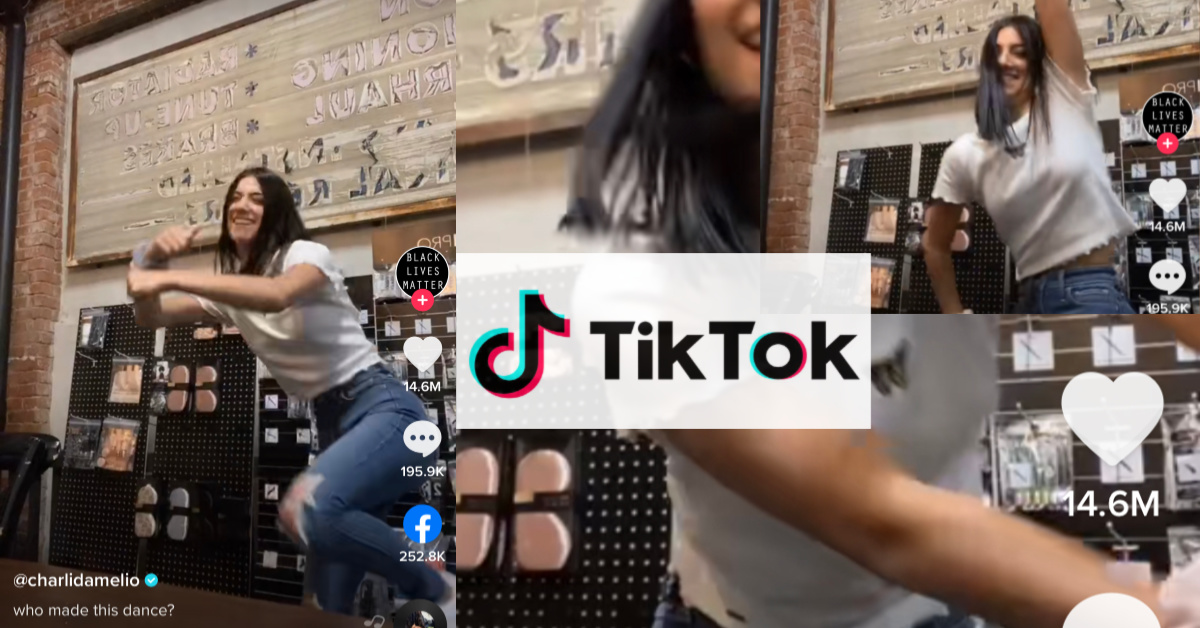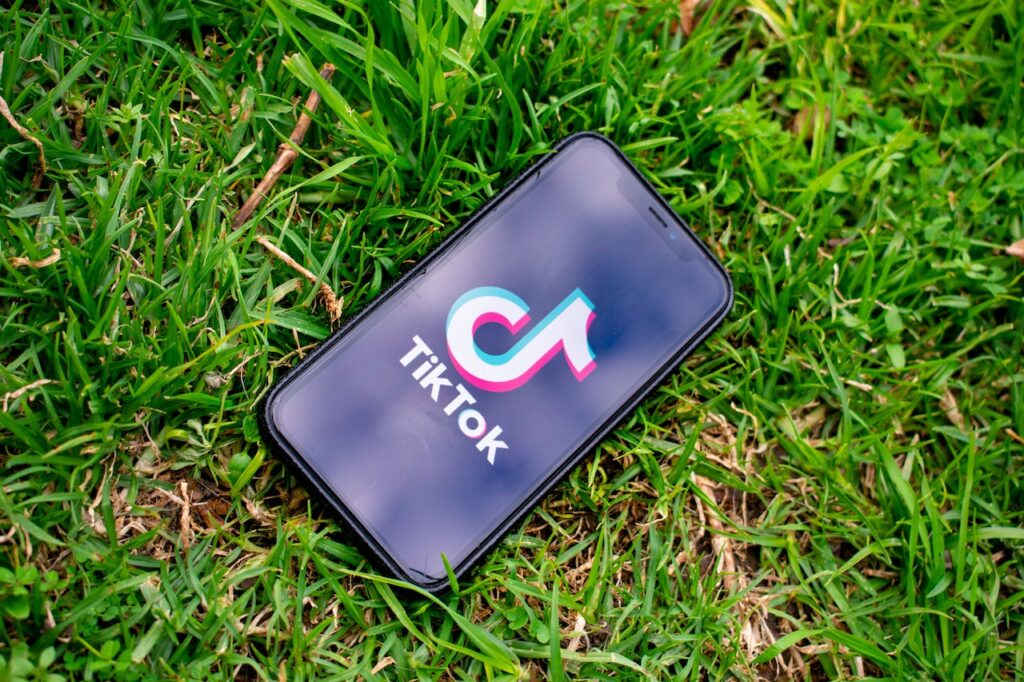TikTok came of age during COVID-19. Previously the domain of the very young and cool, the virus and isolation forced it into the mainstream. Let’s face it, if your dad has appeared dancing in a TikTok, and the government is employing TikTok influencers to lead cybersafety campaigns, you can rest assured it is no longer cutting-edge youth culture.
As a measure of how popular TikTok is, the latest TikTok statistics show that, as of January 2021, the platform has 689 million monthly active users worldwide (DataReportal, 2021). That makes TikTok the seventh-largest platform in terms of users, ahead of others that have been around much longer such as Snapchat, Pinterest, and Twitter.
However, just because TikTok is recognised and used by everyone now, doesn’t mean it doesn’t deserve scrutiny, especially as this app, when used obsessively, could impact our kids’ neural development.
What is TikTok?
For the uninitiated, TikTok is an app that streams millions of short videos. These videos are uploaded by the app’s users and users can personalise what sort of videos they see. TikTok also allows you to like, share and message, which makes it a powerful social media app.
TikTok says, “Our mission is to inspire creativity and bring joy.” And for lots of people, they do bring a great deal of joy. Parents talk about their kids finding recipes and study tips on the app, as well as awakening previously undiscovered talent in dance and design.
So, what is particularly problematic about TikTok?
There are two main concerns with TikTok:
1. Parents seem to disregard the age limits they would usually apply to social media.
2. It promotes patterns of thinking that are in direct opposition to those required for learning.
A lot of the content isn’t age-appropriate
When surveying parents, it becomes immediately apparent that they trust TikTok more than other social media. Parents see kids watching dance videos and learning the steps and they assume that it is creative and harmless. However, that isn’t necessarily the case.
Parents are also falsely reassured by the privacy settings, as these can limit who contacts your child. However, our kids’ wellbeing isn’t just dependent on stopping unknown strangers watching and talking to them. There is also the adult content that they are being exposed to at a young age.
When I downloaded the app, the second TikTok I saw was of a pretty teenage girl dressed provocatively. In the background were the very real anguished screams of a mature woman who has just found out her husband is having an affair. The teenager looks directly down the camera’s lens and says, “That awkward moment when your sugar daddy’s wife finds out about you.” It was gut-wrenching, but there was nothing about it that would have been picked up by a censorship algorithm.
It is difficult to understand why 9 and 10-year old children have unsupervised access to TikTok. The platform clearly states it is for people aged 13 and over. If the company that stands to profit from the app doesn’t think it is appropriate for younger children, you can guarantee it isn’t.
What’s TikTok doing to your child’s brain?
As parents and teachers, we are trying to develop our kids’ persistence, analysis, critical thinking, and focus. These are all thinking patterns that will serve them well at school and in life. TikTok directly opposes this development.
One brutally honest 17 year old said, “I think I only have a 15-second attention span now because all I watch is TikTok. Even an episode on Netflix seems boring and I have to skip through it!”
The very nature of TikTok is problematic for young adolescents in particular. They have highly malleable, developing brains. Their neural pathways are forming based on what they are doing continuously. What some are doing continuously, hour after hour is watching TikToks. They are dividing life into 60-second bites.
Melissa Marshall is Head of Digital Learning at Santa Maria College. She says, “The 60-second bites of information encourage a lack of extended concentration and focus. Even the creative side of TikTok isn’t particularly creative. It’s usually mimicry. There are a few creatives and then there are the millions who copy them.”
We all know what it is like to fall down a YouTube or Pinterest rabbit hole. One view leads to another and suddenly you’ve been online for an hour. TikTok is like that except it is targeted at an age group that has very little self-control…the judgement centre of the brain doesn’t reach adult state until the mid-twenties.
Melissa points to the opportunity cost of TikTok. What could have been achieved in the four hours a child spends on the app? Outdoor activity, true creativity and most importantly, connection with real people in real-time.
What can parents do?
1. Download the app and explore it with your child. You lack credibility in talking about TikTok if you haven’t at least had a decent look at it. Make sure all privacy settings are understood and utilised. This article from Common Sense Media will help with recommended settings.
2. Set time limits and coach your kids in self-regulation. Show them the techniques you use to remain focused on tasks at hand. There are a number of apps on the market that lock users out of social media for pre-set amounts of time. For example, they might use the app, Self Control to lock themselves out of TikTok and Snapchat for two hours while they do homework.
3. In partnership, schools and parents have to teach digital citizenship. That includes respect for self and respect for others. It also includes choices about what will be posted online.
4. Teach and model intentional connectivity. Melissa Marshall says, “We want our students to thrive in a world where they use digital technology, instead of being used by it.”
5. The last and most important point is not related to technology or TikTok at all. It is about your relationship with your child. Do you trust them? Do you think they can resist peer pressure? Do they make rash decisions or take unnecessary risks? Their behaviour will be similar online.
Finally….
TikTok is not terrible, it can be great fun and useful, however; all things in moderation and at an appropriate age. We just need to be sensible and scrutinise all technology on our children’s behalf. Ultimately, we are responsible for what our children are exposed to, not some tech company.
This article was written by Linda Stade. ©Santa Maria College: All rights reserved









